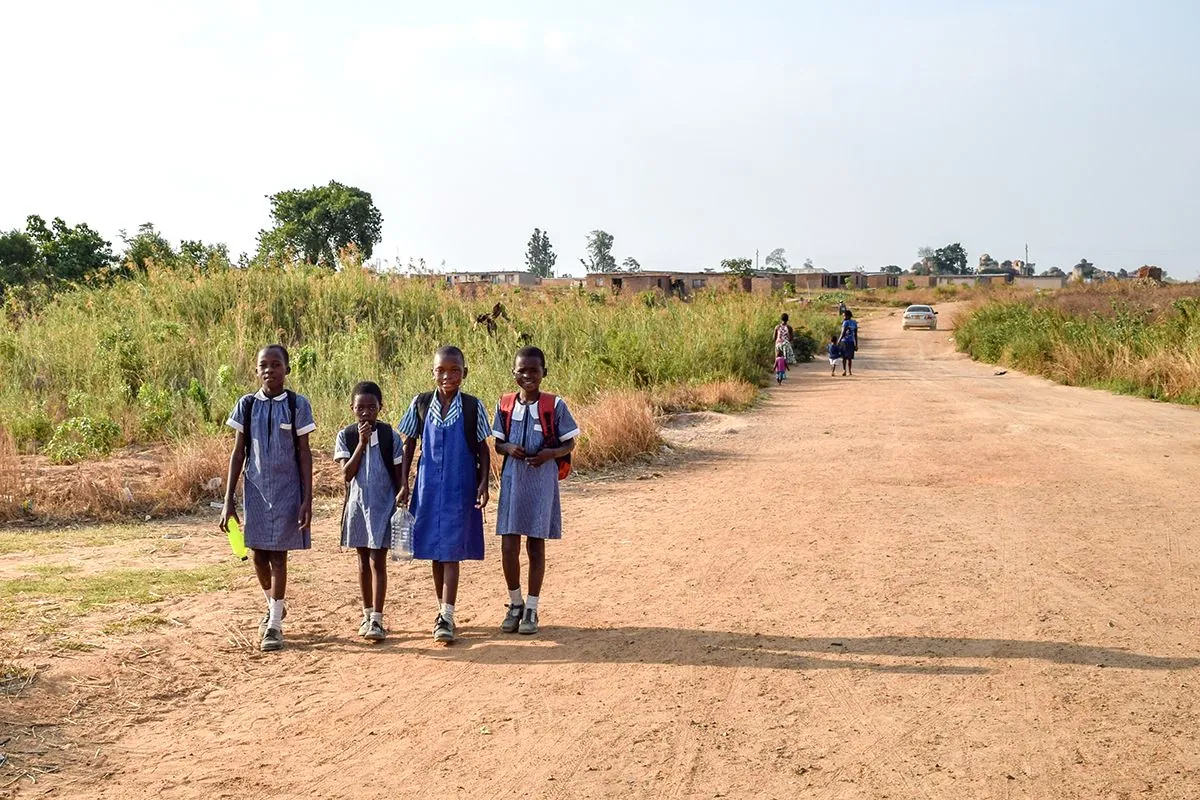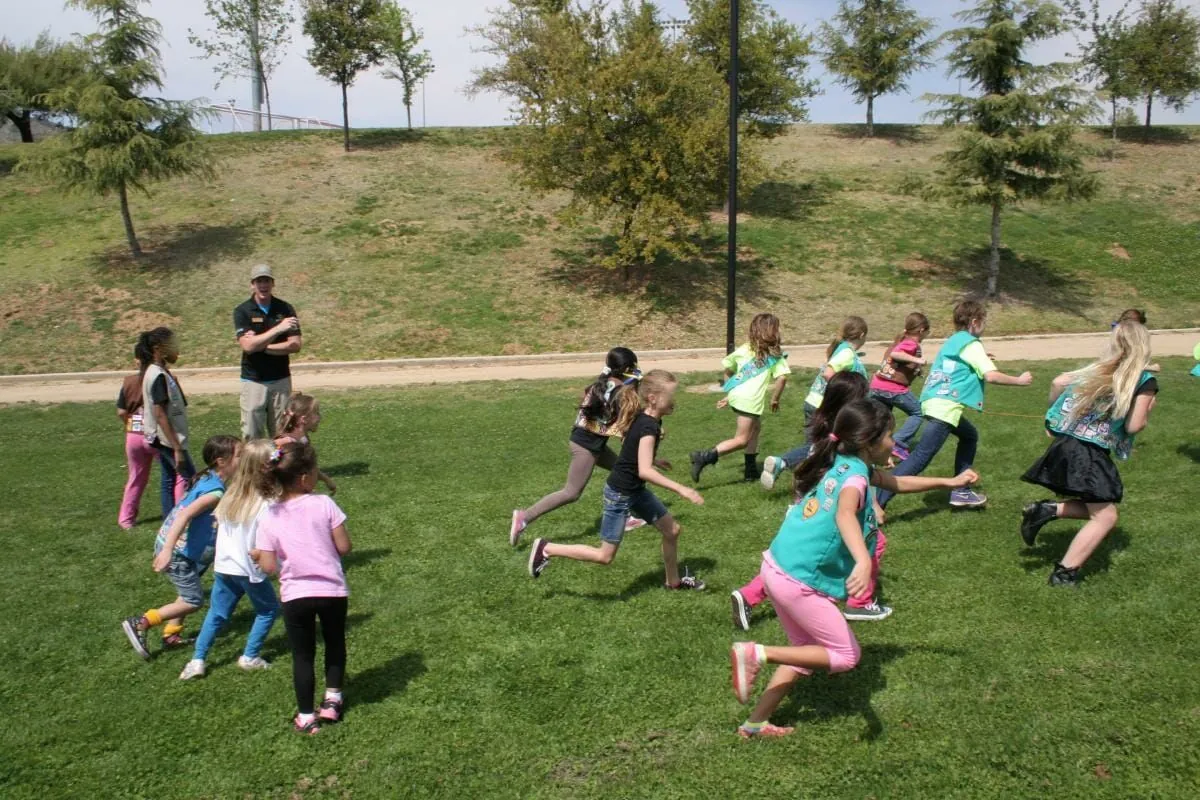Zimbabwe's Wildlife Dilemma: Children Navigate Dangerous Paths to Education
In Zimbabwe's Save Valley, children face wildlife threats on school routes. A new program teaches animal behavior and safety, aiming to reduce human-wildlife conflict and promote conservation awareness.

In the southeastern region of Zimbabwe, a unique challenge confronts young students daily. The Save Valley Conservancy, Africa's largest private game reserve, has become a focal point of human-wildlife conflict, forcing children to navigate perilous routes to school.
Esther Bote, a 14-year-old student, exemplifies the resilience required in this environment. Her 5-kilometer journey to school involves traversing bush paths and forests where encounters with dangerous wildlife are a constant possibility. "Sometimes we see animal footprints. We see their footprints and can tell that the elephants are still around," Esther explains.
The root of this issue lies in the changing climate. Zimbabwe, like much of southern Africa, has experienced more frequent and severe droughts in recent years. These environmental shifts, exacerbated by El Niño and human-induced climate change, have led to food and water scarcities. As a result, both humans and animals are competing for dwindling resources.
To address this growing concern, the Save Valley Conservancy and Zimbabwe's parks agency initiated a program in 2023 to educate school-age children about wildlife behavior and safety. This initiative aims to foster coexistence and promote conservation awareness among the younger generation.

Dingani Masuku, community liaison manager for Save Valley Conservancy, emphasizes the importance of targeting schools: "The person who is affected mostly is the kid. It's the kid who goes to school, it's the kid who goes to fetch water, it's the kid who goes to fetch firewood."
The program's curriculum includes identifying animal footprints, recognizing danger signs, and understanding wind direction. It also strives to instill a sense of ownership and respect for wildlife among the students.
Zimbabwe's rich biodiversity, with over 350 mammal species, presents both opportunities and challenges. While the country boasts five UNESCO World Heritage Sites and natural wonders like Victoria Falls, it also grapples with the complexities of human-wildlife interaction.
The impact of this conflict is evident in the increasing number of distress calls received by the Zimbabwe National Parks and Wildlife Management Authority. Between 2020 and 2023, the agency logged 3,000 to 4,000 calls, a significant increase from the approximately 900 calls in 2018.
Despite these challenges, Zimbabwe maintains one of Africa's highest literacy rates, exceeding 90%. However, the wildlife situation threatens to undermine educational progress. Obert Masaraure, president of the Amalgamated Rural Teachers Union of Zimbabwe, reports that some students have withdrawn from school due to safety concerns.
As Zimbabwe continues to navigate its economic and environmental challenges, the success of initiatives like the wildlife education program may prove crucial in maintaining the delicate balance between conservation and community safety.
"We usually walk in groups to feel safer."
This innovative approach to education and conservation reflects Zimbabwe's commitment to addressing complex issues at the intersection of wildlife preservation and human development. As the country works towards solutions, the resilience and adaptability of its youngest citizens remain at the forefront of this ongoing challenge.


































